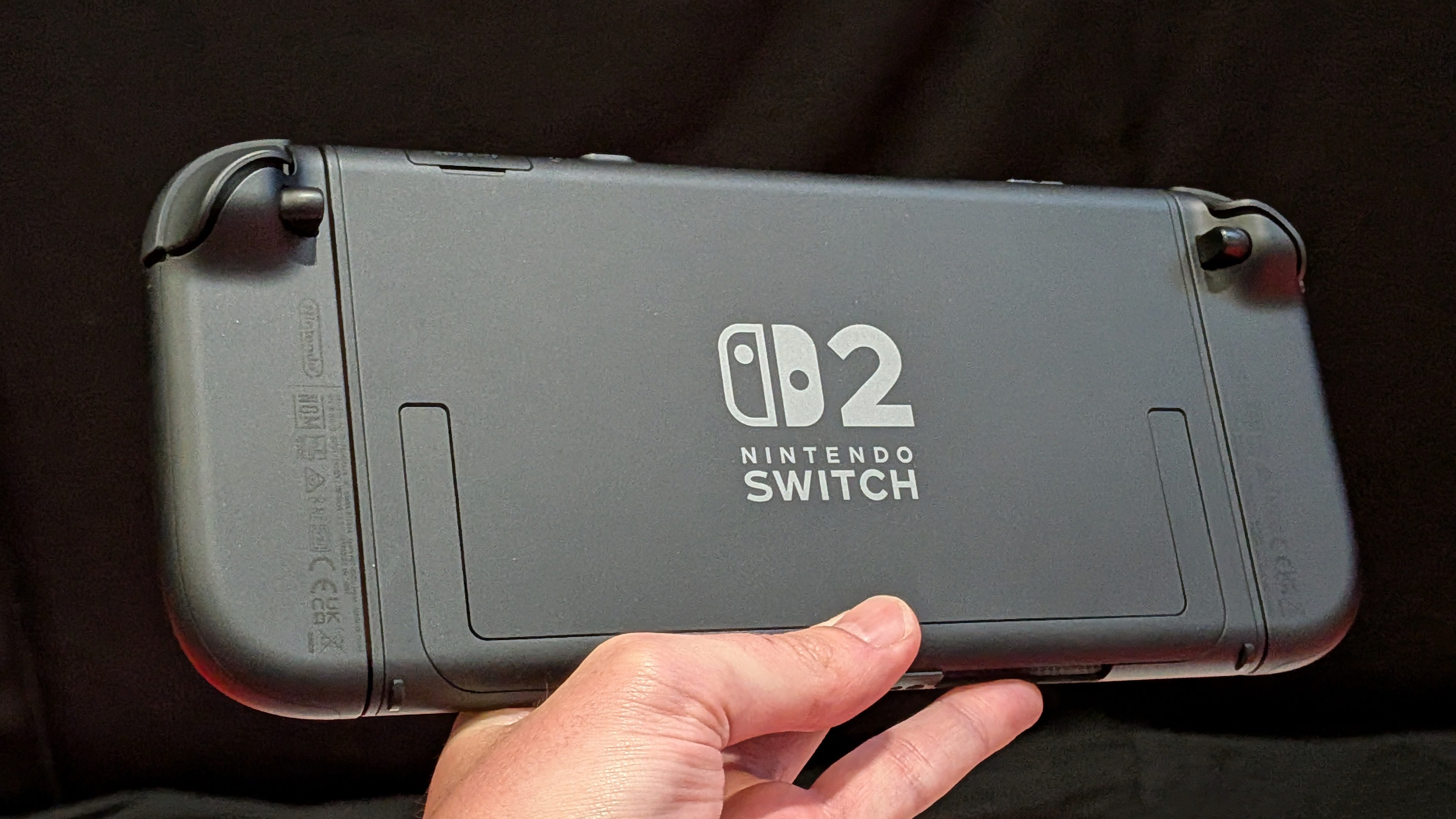

When Apple unveiled the new iMac 24-inch with M1 chip earlier this year as a replacement for the older 21.5-inch iMac, it notably didn't update the 27-inch model at the same time. We assumed that this would follow after Apple was ready to launch its higher-power processors, and now it has, in the form of the new MacBook Pro 14-inch and 16-inch models.
Apple may not be ready to announce the new iMac yet, but it's clear that one is coming, and early 2022 is the most likely candidate. The new MacBook Pros launched a year on from the original M1 release, so if the larger iMac appears in the spring, it'll be a similar gap from the 24-inch model's launch.
So what can we learn from the new MacBook Pros about what might be in the next iMac? Well, they answer some questions pretty clearly, and give us strong indications about other areas.
The obvious thing is the processors. For years, the larger iMac model has offered a kind of bridge between Apple's consumer and pro lines, featuring a neat and compact design, but providing the option for a huge step up in power than the smaller iMac offers.
So it seems obvious the larger coming iMac will probably start with the 8-core version of the M1 Pro as its entry-level chip, just as the 14-inch MacBook Pro does. Then you'll have the option of getting the 10-core version of the M1 Pro, or stepping up to the M1 Max.
Just like the MacBook Pros, I expect these will start from 16GB of unified memory, and will top out at 64GB. I don't think Apple will offer any additional graphics option beyond what's already in the MacBook Pros – frankly, the GPU options of the M1 Max are more than capable already, even compared to desktop GPUs.
A refreshed screen
One less certain aspect is that I think we can also expect the ProMotion mini-LED HDR display of the new MacBook Pro – which also appears in the iPad Pro 12.9 (2021) – to be used in the larger iMac. This is by no means a certainty, but there's a couple of reasons it makes sense to me: it helps to differentiate it further from the 24-inch model and justify a higher price tag; and it fits into the whole thing of the larger iMac being a bridging model for pros.
Sign up to the T3 newsletter for smarter living straight to your inbox
Get all the latest news, reviews, deals and buying guides on gorgeous tech, home and active products from the T3 experts
It's possible that Apple will even brand the bigger model as the iMac Pro (a name it's used before), and then giving it the mini-LED display would fit right in with the MacBook Pro and iPad Pro. I think this would make a lot of sense – the 24-inch iMac is a great size for 90% of people, so you might as well focus a larger model on the more niche needs.
There's also this tweet, from a noted display analyst who got info about the new MacBook Pros very right:
OK, tweeted too early. The 27" MiniLED screen is going in an iMac in Q1'22, not an external monitor. May see a monitor later. Still 24Hz - 120Hz variable refresh...Sorry for the confusion!October 20, 2021
What catches my eye about this is the 27-inch size. Now that the cheaper iMac is 24 inches, that's not a very big difference if you're going to the more expensive model. Most people had expected a 30-inch or 32-inch 6K display to be the order of the day in a new iMac.
But it makes more sense if Apple is going to massively upgrade the quality of the screen. When you get the more expensive iMac, instead of paying extra for a much larger screen, you're paying extra for a slightly larger screen with fancy HDR and refresh rate support.
This is probably more sensible in other ways: a 30-inch or 32-inch monitor is really large, and Apple would probably put off some people who would buy its new iMac if it were that big. 27 inches is a really sensible size for pro work.
More connectivity
The other less certain aspect is whether Apple will bring the extra connection options of the MacBook Pros to a larger iMac. Like the MacBook Air, the 24-inch iMac features only USB-C/Thunderbolt 3 ports. But Apple added HDMI and an SDXC card reader to the MacBook Pro.
There's definitely a chance it will do the same on the larger iMac, but the big question is thickness. The 24-inch MacBook Pro is so thin, that it literally can't accommodate a regular USB port on the back. Only USB-C is shallow enough. The same is true of HDMI, and probably an SDXC card reader.
Perhaps Apple will make the next iMac thick enough to have the ports, or it could mount some ports sideways in a recess (like TV manufacturers often do).
There may be surprises to come from the inevitable larger iMac, but I'm expecting something that very much follows the pattern laid down by the 24-inch Mac and the new MacBook Pros – and that sounds like a damn exciting all-in-one. It's just a shame we might have to wait 6 months to meet it.
Matt is T3's former AV and Smart Home Editor (UK), master of all things audiovisual, overseeing our TV, speakers and headphones coverage. He also covered smart home products and large appliances, as well as our toys and games articles. He's can explain both what Dolby Vision IQ is and why the Lego you're building doesn't fit together the way the instructions say, so is truly invaluable. Matt has worked for tech publications for over 10 years, in print and online, including running T3's print magazine and launching its most recent redesign. He's also contributed to a huge number of tech and gaming titles over the years. Say hello if you see him roaming the halls at CES, IFA or Toy Fair. Matt now works for our sister title TechRadar.

